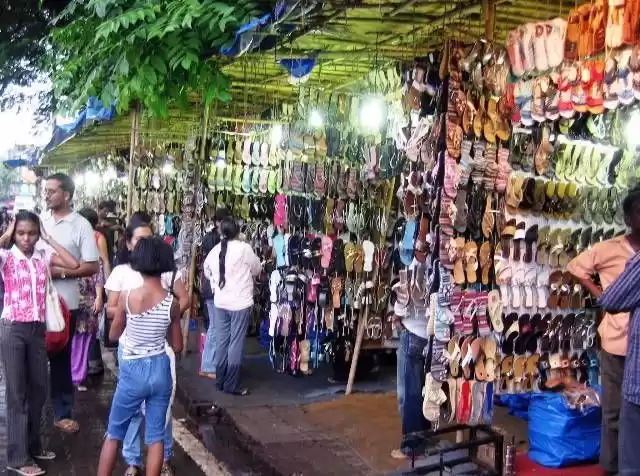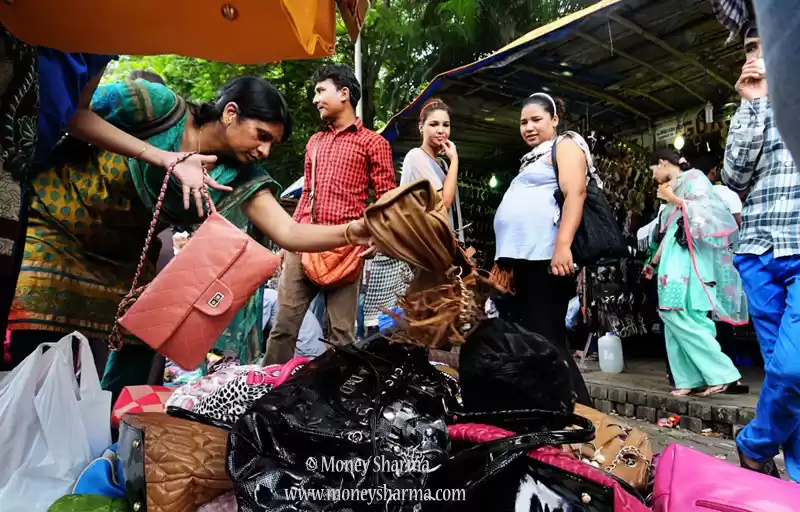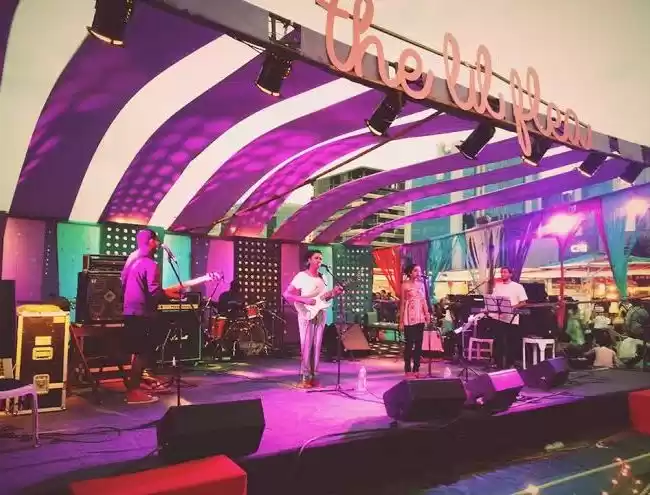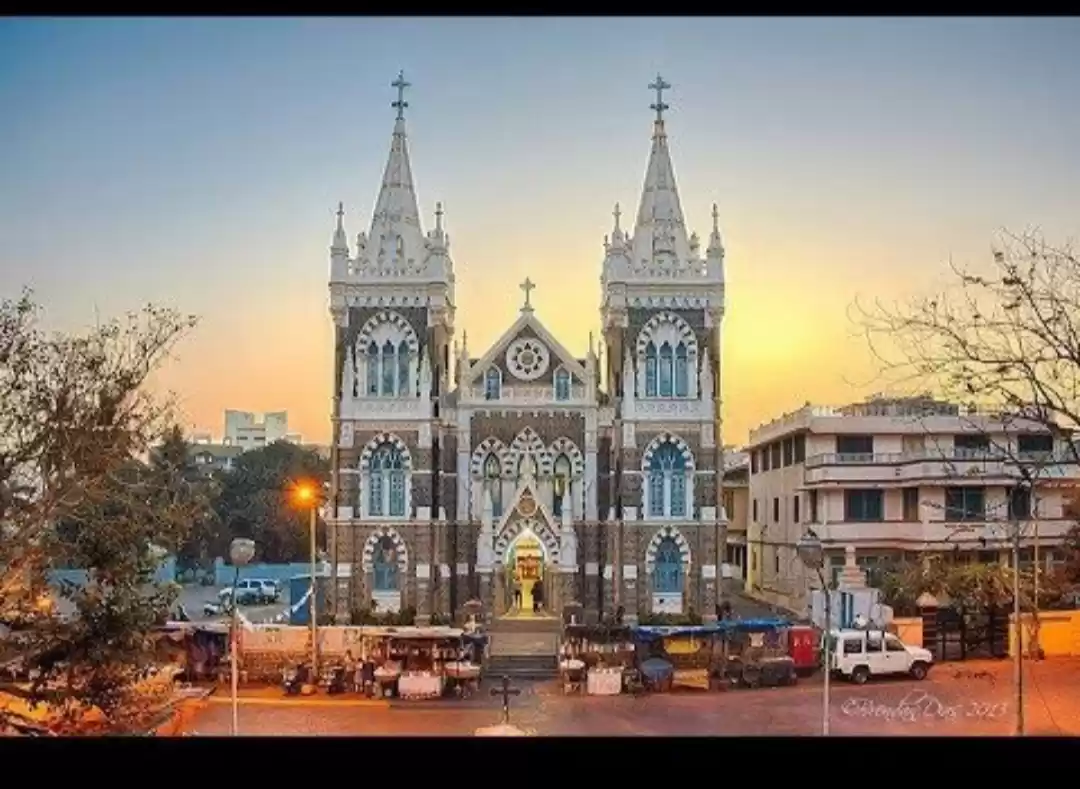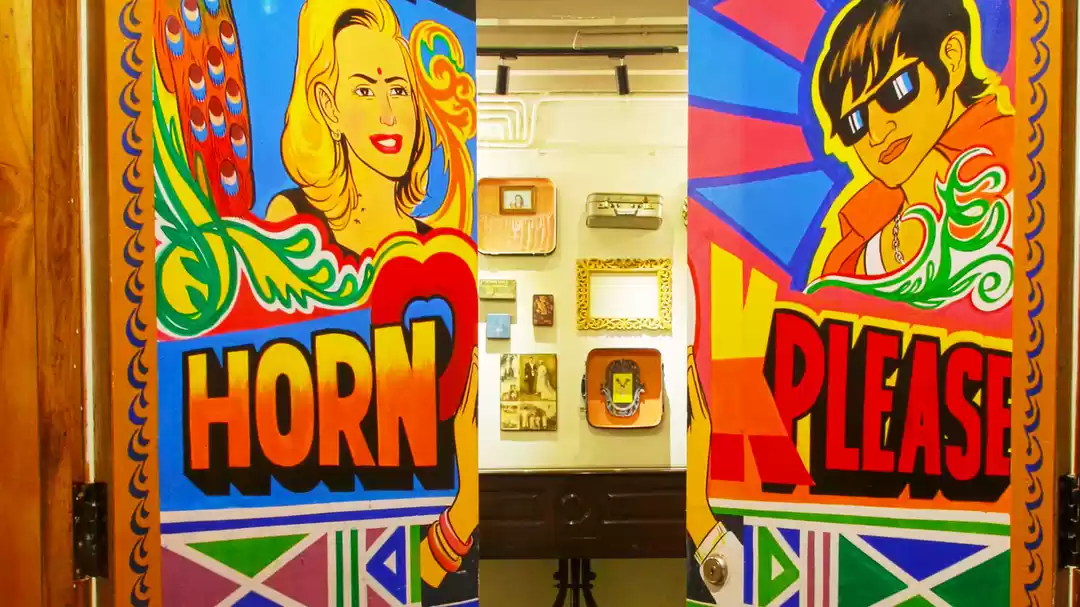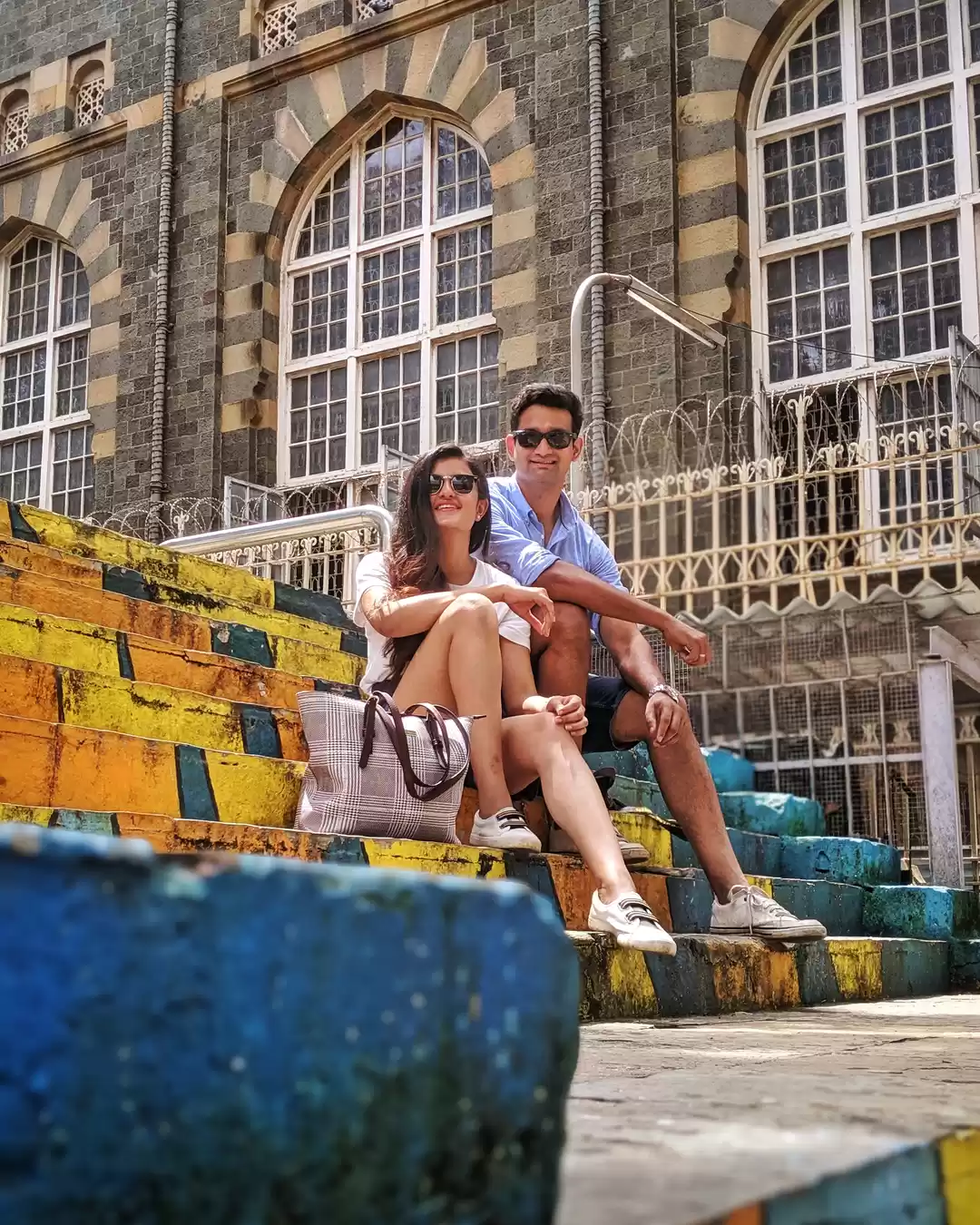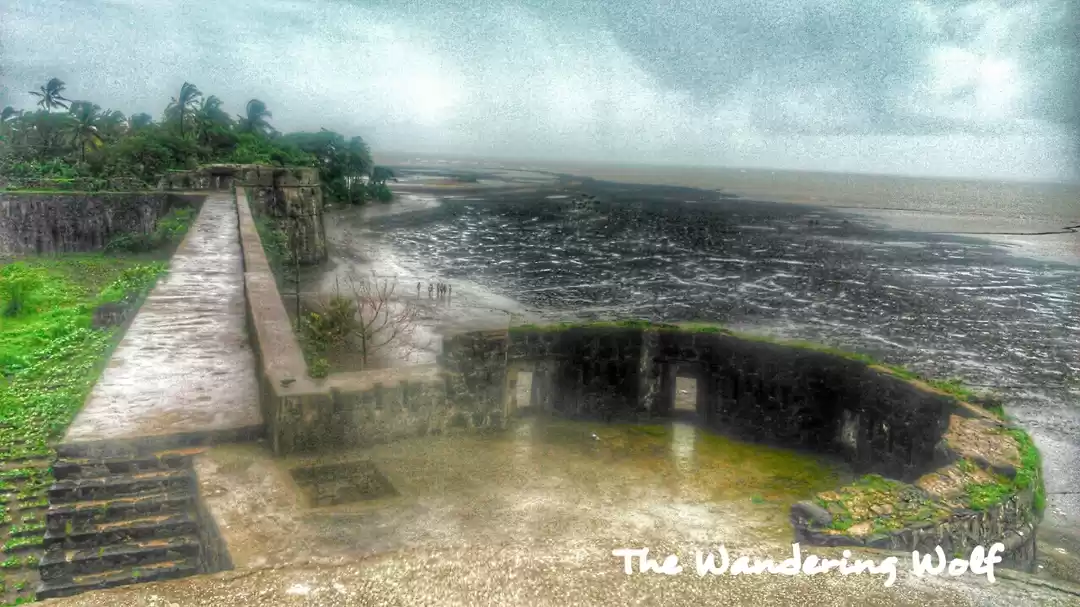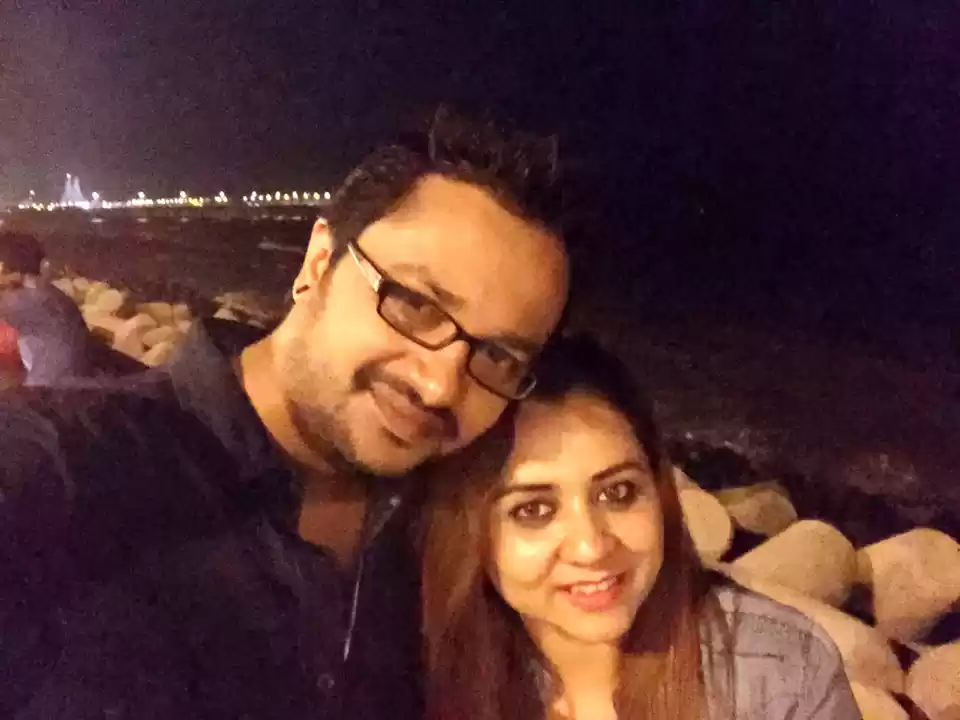
Route — hill rd, Bandra-West
The quiet green sprawl of Saint Andrew’s Church stands at odds with the cacophonic concrete jungle that Mumbai has become, accredited as India’s financial powerhouse. It was an ordinary day no different from the other and I could hear birds chirping inside the church’s compound. Comfortable under the mellow noonday sun and a light breeze, the walk to the area’s familiar lanes and historic districts opened a new set of eyes, and everything seen or heard felt queer and unfamiliar.

The area, over 400 years ago, Charlotte said, was nothing but farmlands and coastal villages. The Portuguese lords' gate crashed on Salsette island, part of Bandra (Bombay formed of tiny islands) and burnt down the villages. Western civilization swayed in; Farmers and fisherfolk learnt Latin scripts, adopted new belief systems, architectural styles were Portuguese bend, and pork and sausages entered their diets.

Unlike the culture, one couldn’t easily imbibe the catholic religion and resistance came into the way. A century later, a Portuguese Jesuit arrived in Bandra in the name of Brother Manoel Gomes and blended with the locals, customs, learnt the languages of Hindus and by 1580, two thousand persons were baptized and this number multiplied from year to year.

Charlotte would know such stories by heart, a catholic living in Bandra, who hailed from the first set of catholic families of the neighbourhood and today runs heritage walks. I was lucky to have her all day.
Saint Andrews was the first church built during Portuguese rule in 1575 AD, much older than the Taj Mahal. “Bandra was their religious and educational center, that’s why many heritage churches in the vicinity”, she points out.
Chimbai Rd — Chimbai Village

With a camera I pottered around the way, Charlotte guided. Within minutes we came by the sea. Small houses sat in the embankment's lee, on the shores of a creek. This is Chimbai village, a fishermen's community, those first among the two thousand converts. Every house smells of fish. As calm as the seaside looks, early mornings buzz as fisherfolk swarm across their fish market that sells the city's freshest catch.
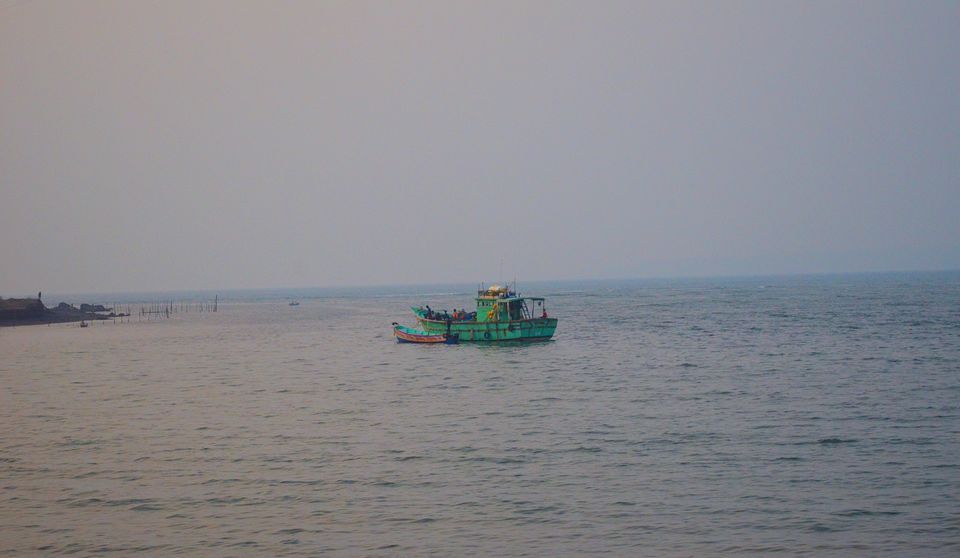
Chapel Road — Ranwar Village
We walked to Ranwar, a neighbourhood of cobbled streets, old wooden facades and a square. Ranwar has retained the same look since the 1600s—close-knit houses graced with tiny verandas, wooden shutters and terracotta roofs. Within alleys, decorated grottos of mother Mary, hold on to the Christian identity. Today the graffiti walls are Mumbai's most photographed spot.



Ranwar Sqaure
The empty scaled-down square hosted many village galas in the past. The yesteryear wells of the vicinage, used for irrigation also hid the money and jewels out of the hands of Arab pirates who arrived occasionally via sea route. With the raising of Bandra fort, trade came in and so the community’s assets. Our discussion steered about the community living in the area.

Charlotte informs, Ranwar was made by East Indians, a small community of Catholics in Mumbai, or as they say, the name was adopted to distinguish themselves from the Portuguese Catholic immigrants from Goa, as one of the city's original inhabitants. Many worked for the East Indian company and embraced their employers name to their identity.
A walk through Ranwar village during Christmas is like scenes out of Christmas Carol, minus the snow. Fairy lights and stars hang silhouetted in the windows and flicker the entire week, music plays all day and smells of pork chops and buttery bakes waft out of homes.
Ranwar — Chapal Rd.

Behind Bandra’s every cool cafe and bakeries trending on social media, there was an old Baker who was doing it first.

Leaving Chapel road and now towards hill road, today heritage bungalows featuring roofed porches stand obscured among high rises.



St. John the Baptist Rd — Mount Mary Steps

Taking the Mount Mary Steps way, that leads to the Basilica, another unfamiliar story revealed itself. A Parsi lady was behind making of the road abut 136 stairs whose long dream for a child saw the light of the day—all with the blessings of Our Lady of the Mount.
Mt Mary Rd

On the Hill Road, Charlotte reminded me of how the famous Mount Mary church was raised. While the garrisons sat at the fort downhill, the Portuguese missionaries thought about a shrine uphill for others to worship. They built an oratory, and the missionaries lived around thatched roofed houses. Much later the church grew and people from different religious backgrounds came with their offerings to fulfil wishes. Wishes turned into reality, and the church’s name reached far through word of mouth. All was well until human greed intruded to upset this order.
In the 1700s, the church was attacked by the pirates, and a swarm of bees counterattacked them. People started believing in the presence of Mother Mary in Bandra. Next, the Marathas joined in and completely burned down the church in their regime. In 1903, they rebuilt the church by the Portuguese and a first-ever Hindu architect was behind the stunning design. To this day, the community in Bandra holds the hope that even the deepest darkness of despair dissolves when carried the faith of God within. Mount Mary’s fame ran the world over and today the Vatican granted the church title of the Basilica.

On the Hill Road, a few steps before Mount Mary, a red villa-façade of a church with a sprawling garden and a graveyard underline another belief. They were Protestants, who were the British parishioners. They got together and pooled in a magnificent sum of Rs. 8,000 and raised their church in Bandra. It elated me to know a small community of protestants come for church services and is a protestant-only church in Bandra.
Castella de Aguada: Bandra Fort — Band Stand Promenade

Suddenly the green came to an end and broke through a concrete clearing dotted with slanting palm trees. This is the Bandra Bandstand, the seafront promenade which has ensnared many visitors with the beauty of its sea expanse. And many unknowingly overlook the stone arch of Bandra fort, built by the Portuguese in 1640 to watch over the Worli, Mahim (islands) and the northern sea route. Early days, a freshwater spring near Castella de Aguada, as the fort was called, supplied water to the warships who stopped over at the fort to refill on water supplies. Now a rocky haunt for tourists and lovers who gaze at the crashing waves of Arabian sea. The tour ended in Bandra Fort, the stone ruins hinting at many battle won and lost.
The neighbourhood is no stranger to transformation, but each left behind heritage with stories abounding are shards of recollections of a forgotten past.
Mumbaikars if you want to do this walking experience in Bandra, sign in for a heritage walk with bombay_explorer ; a walk to remember.
Contact Charlotte: 9987942184
















